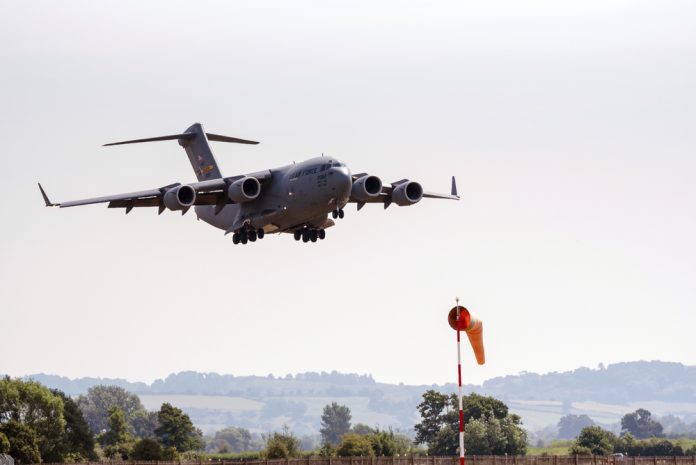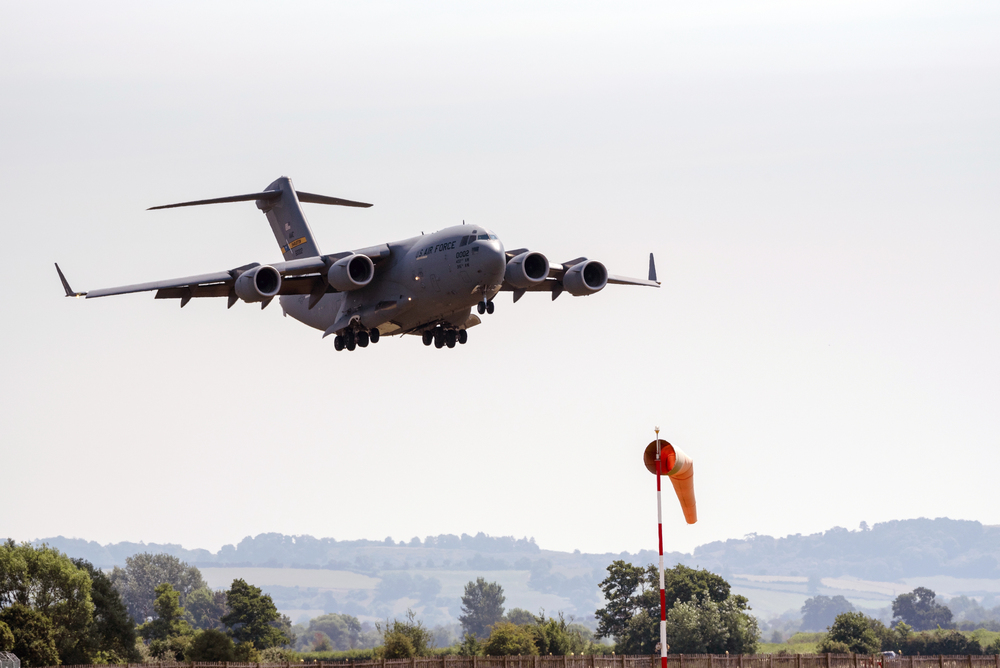
A bold statement from Gen. Kevin Schneider sets the tone: “We’ve seen amazing global teamwork completing an incredible lift to kick off REFORPAC.” The largest-ever U.S. Air Force contingency-response exercise in the Indo-Pacific, Resolute Force Pacific 2025 (REFORPAC), is not just a show of numbers it is a living laboratory for the future of airpower projection, logistics, and engineering in one of the world’s most contested regions.

1. Scale and Scope: A Pacific Surge Like No Other
Over 300 aircraft and 12,000 personnel from U.S. and allied forces are operating across more than 50 sites extending 3,000 miles in the Indo-Pacific, a logistical and operational achievement unprecedented in recent Air Force history. According to Pacific Air Forces Public Affairs, such “explosive surge into the theater” is fueled by precision, toughness, and an extensive joint network. The Department-Level Exercise (DLE) series, to which REFORPAC belongs, is meant to challenge the capacity to execute large-scale operations in contested, dynamic environments beyond the days of secure, fixed bases.

2. The Aircraft Arsenal: Fifth-Gen Fighters, Bombers, and Beyond
The diversity of airframes employed is breathtaking. Fifth-generation F-22 Raptors and F-35 Lightning IIs lead the fighter force, using stealth, sensor fusion, and networked war to control the skies. The B-52 Stratofortress, a long-serving strategic bomber, remains to show long-range strike operations. Mobility and tanker forces C-17 Globemaster IIIs, KC-135 Stratotankers, KC-46 Pegasus, and C-130J Super Hercules provide persistent operations in the expansive Pacific theater. Special operations aircraft such as the MC-130J Commando II and CV-22 Osprey tiltrotor provide agility and vertical lift, essential for distributed and maritime operations.
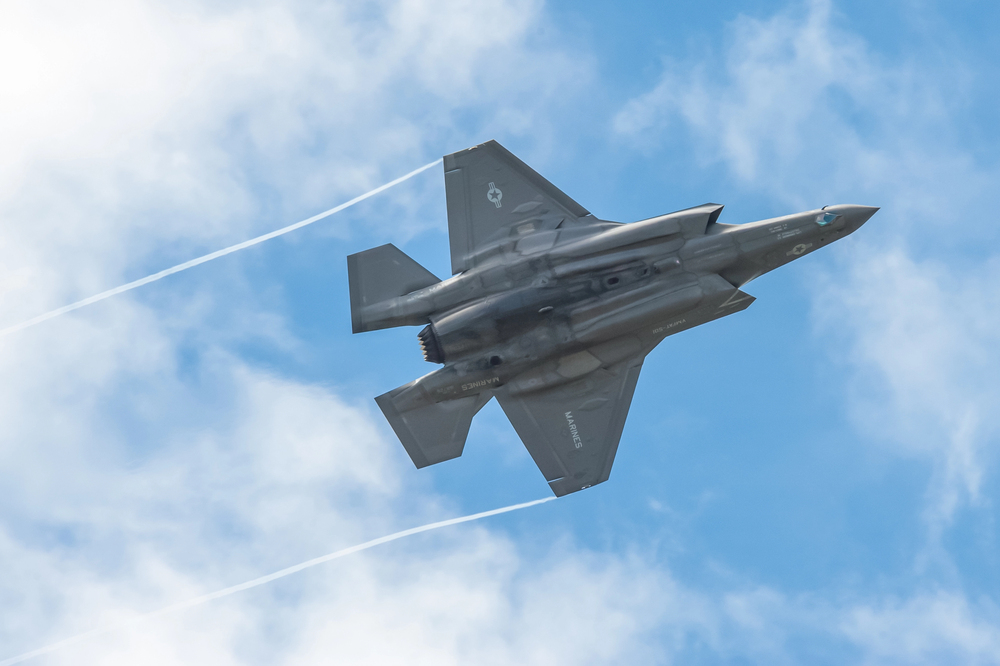
3. Stealth and Sensor Fusion: F-22 and F-35 in the Indo-Pacific
The introduction of F-22s and F-35s is not just symbolic. These planes introduce unparalleled stealth and sensor fusion capabilities into the theater, with the F-35’s sophisticated avionics package enabling pilots to “collect, analyze and share tactical data seamlessly with other platforms,” as VFA-97’s Lt. Cmdr. John Laughlin writes. This ability will be necessary for contested environments, allowing allied and joint forces to engage with improved situational awareness and effectiveness.
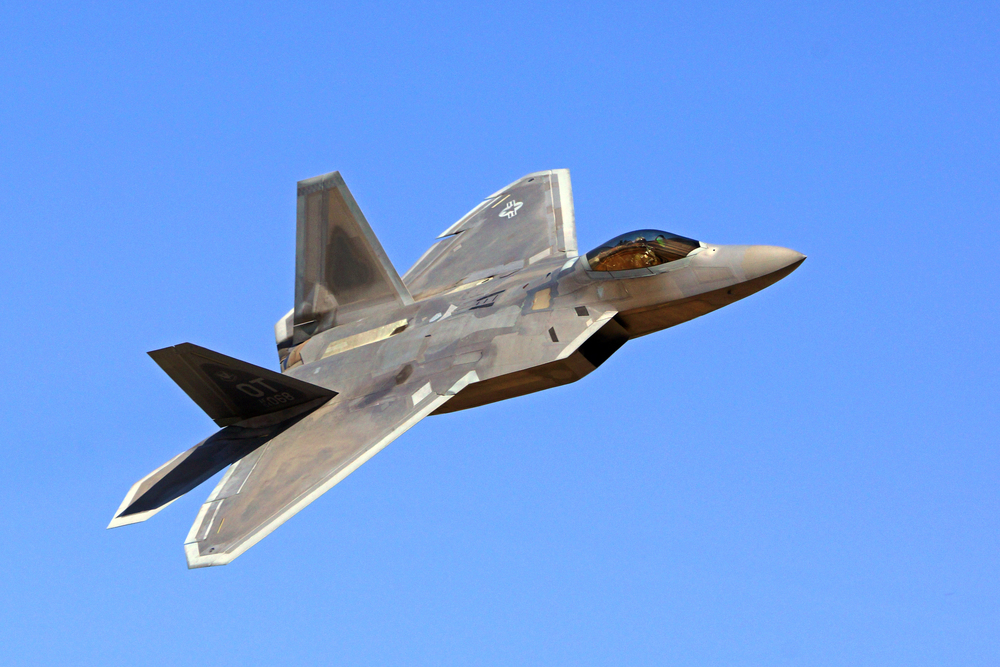
The supercruise and integrated avionics of the F-22 offer a vital advantage in countering peer threats, especially with China’s J-20 “Mighty Dragon” mass-produced and undermining U.S. air dominance in the region through improved stealth and sensor integration.
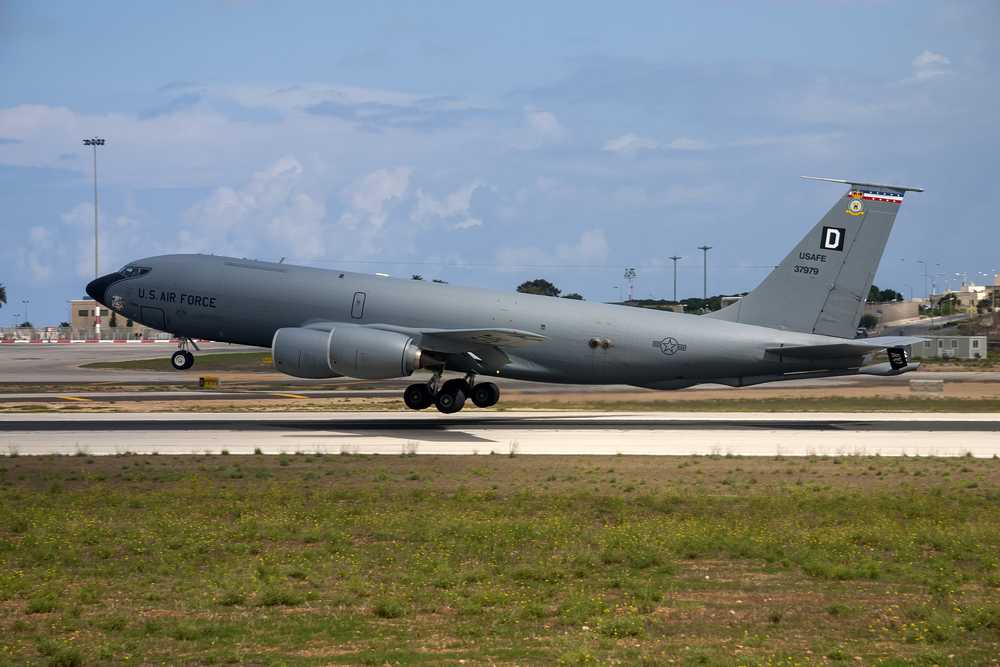
4. Aerial Refueling: The Backbone of Pacific Power Projection
Air refueling is the key to prolonged air operations in the Indo-Pacific. The KC-135R, though old, is still a workhorse, but the KC-46A Pegasus brings with it increased connectivity, defensive capabilities, and cargo space. As Gen. Jacqueline D. Van Ovost points out, “Our capacity to project and sustain the force, the basis of that is our air refueling capability.” It makes us a global superpower. Advanced datalinks and survivability capabilities on the KC-46 are more critical as anti-access/area denial (A2/AD) threats multiply, and as planners predict next-generation “stand-in” tankers with low observability and remote control for contested airspace.
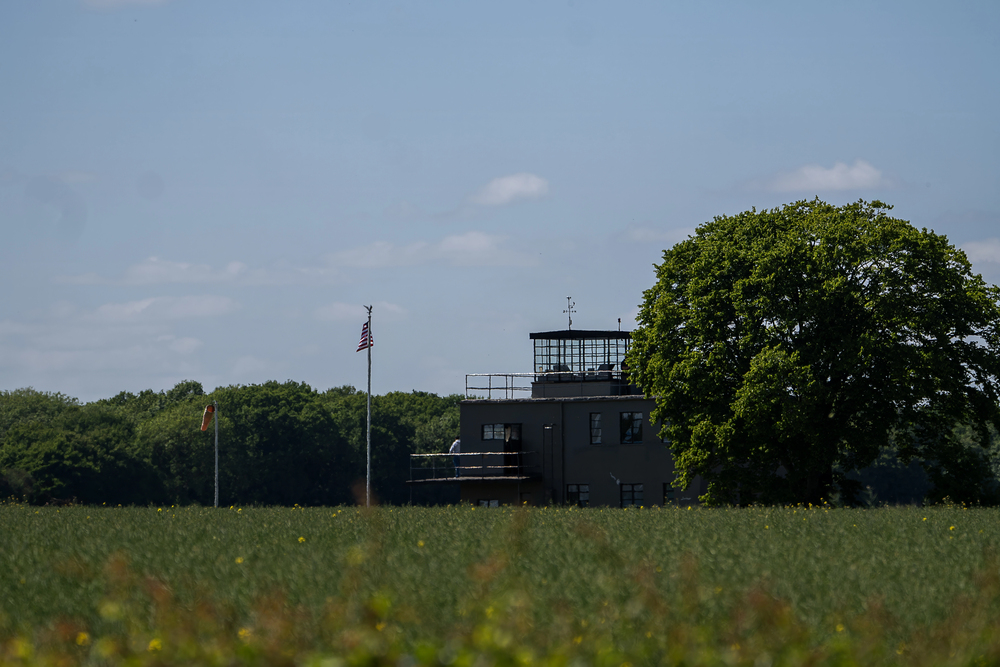
5. Engineering Feats: Rehabilitating WWII Airfields for Contemporary Conflict
The restoration of distant island airfields Tinian, Saipan, and Palau demonstrates a strategic shift toward Agile Combat Employment. RED HORSE squadrons, the Air Force rapid-deploy engineer units, have swept jungle away, paved asphalt, and rehabbed more than 20 million square feet of WWII-era road on Tinian Island alone. “This is every Dirt Boy’s dream,” says Senior Master Sgt. Zachary Long, as crews use bulldozers and machetes to reclaim runways that once sent off the Enola Gay. Lt. Col. Frank Blaz further states, “Repairing and rehabilitating what exists is a much better economic solution.” The outcome: a system of scattered, survivable airfields able to accommodate fifth-gen bombers and fighters, making it more difficult for the enemy to target and increasing operational reach throughout the Pacific.
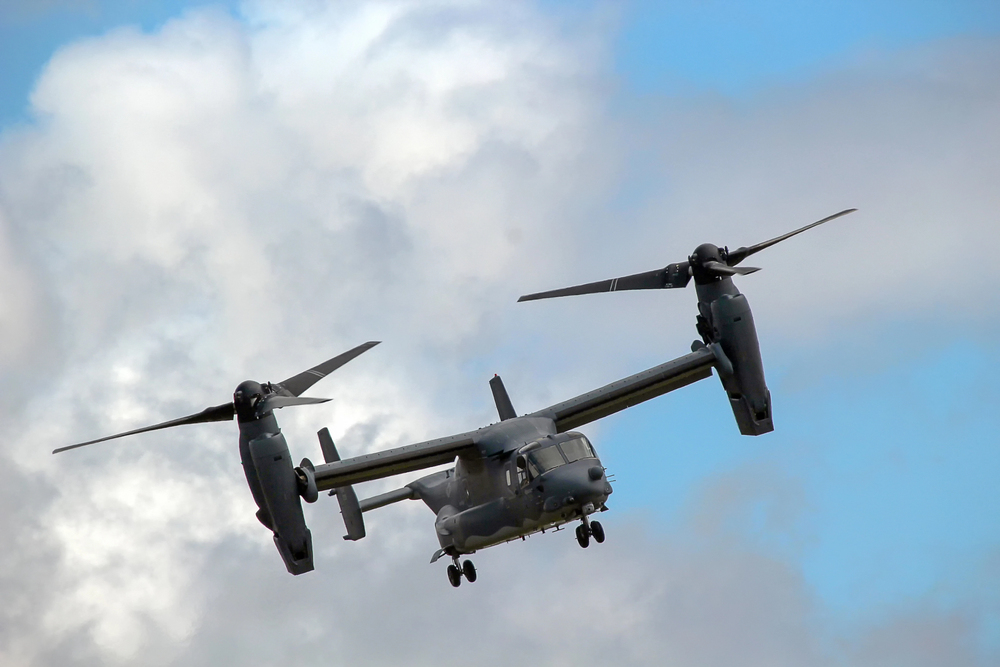
6. CV-22 Osprey and Special Operations: Agile, Maritime, and Versatile
The CV-22 Osprey’s tiltrotor design makes it especially well-suited to Indo-Pacific operations. It can take off and land vertically, then cruise at turboprop speed, for the rapid insertion and extraction of special operations forces in island chains and maritime environments. CV-22s have flown missions over the Sea of Japan during REFORPAC, showing their potential for distributed operations, personnel recovery, and logistics in environments where regular runways are not available or are subject to attack.
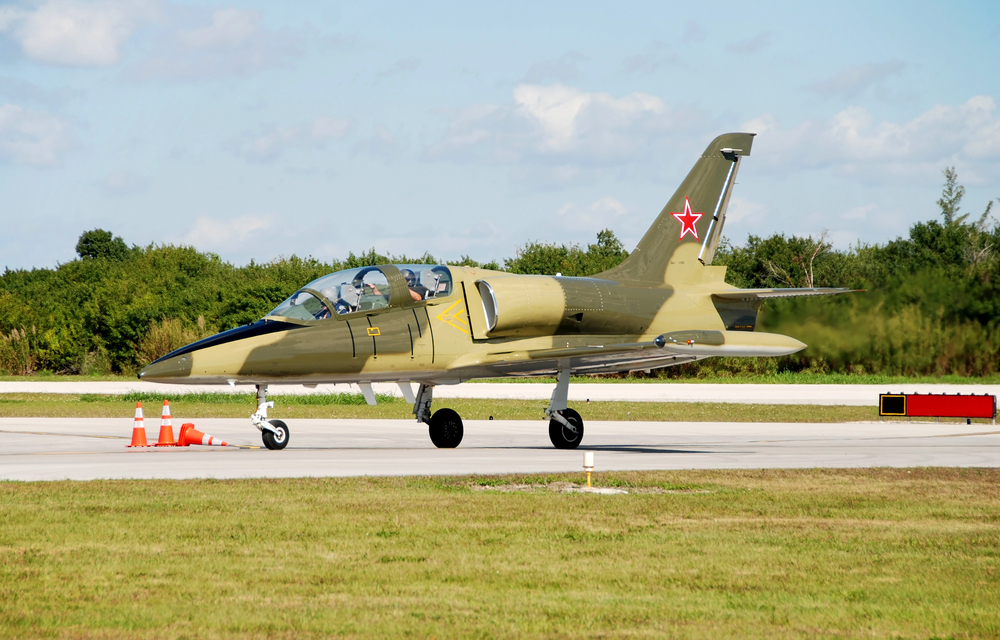
7. Multinational Integration and Disputed Logistics
REFORPAC is not solely an American operation. Japanese troops have provided 3,100 troops and 50 planes, training with U.S. and allied airman in air defense, fighter deployment, and aeromedical evacuation. The exercise places a strong emphasis on command and control at scale, with forces operating across domains and international borders. “Each Airman here contributes to the development of a force capable of responding instantly and effectively in any terrain,” says Col. Paul Davidson. Emphasis on contested logistics immediate adaptation, dispersed support, and fuel replenishment allows for sustaining high-tempo operations even when traditional infrastructure is being denied or degraded by enemy action.
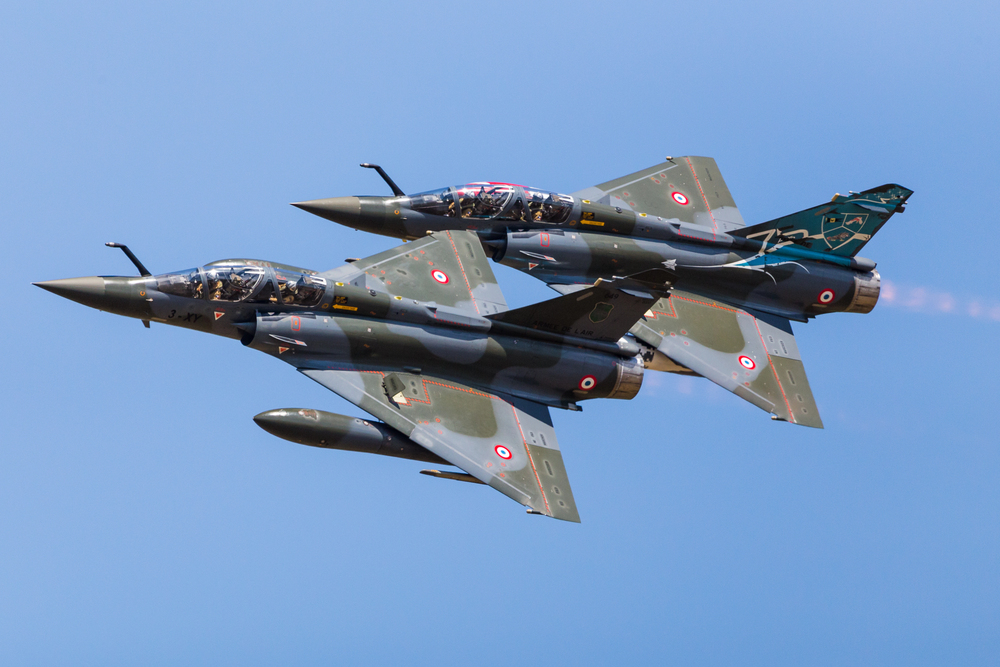
The size, technological sophistication, and multinational character of REFORPAC 2025 represent a new milestone for U.S. and allied airpower in the Indo-Pacific, providing a glimpse into the developing playbook for power projection in the presence of peer rivalry and increasingly sophisticated threats.
